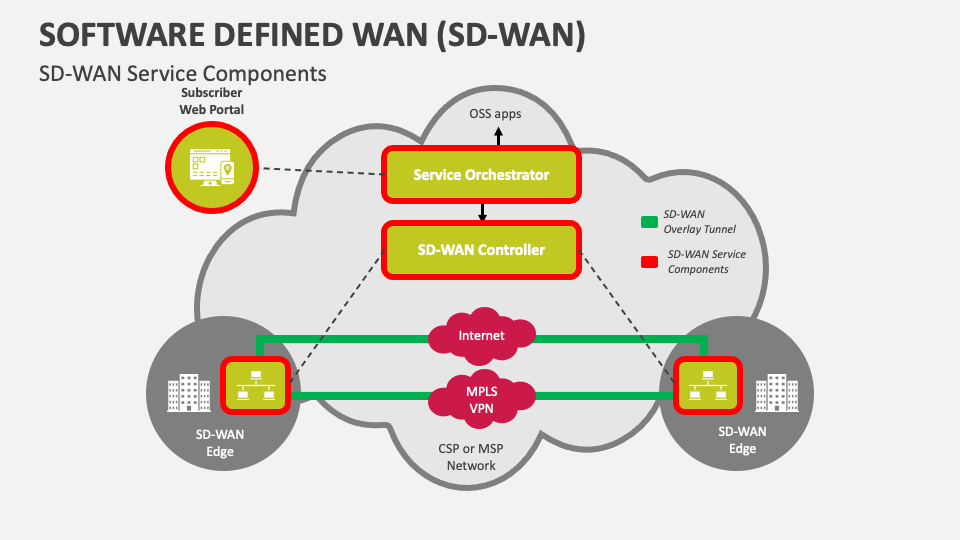
Introduction:
The networking landscape has witnessed substantial challenges that impede the seamless operation of businesses. As organizations grapple with issues like latency and bandwidth constraints, the need for a dynamic and efficient solution becomes apparent. SD WAN Services emerges as a game-changing technology, offering a paradigm shift in how networks are managed and optimized.
Current Network Challenges:
Traditional networking models often struggle with latency issues, restricted bandwidth, and a lack of adaptability. These challenges can adversely affect business operations, leading to inefficiencies and hampering growth.
Role of SD-WAN:
SD-WAN plays a pivotal role in overcoming the identified challenges by providing a dynamic and software-driven approach to network management. It optimizes network performance, enhances scalability, and centralizes control, offering a solution to the limitations of traditional networking.
Key Features of SD-WAN:
The dynamic nature of SD-WAN introduces features like dynamic routing, scalability, and centralized control. These features collectively contribute to a network infrastructure that is adaptive, efficient, and capable of meeting the evolving needs of businesses.
Real-world Examples – Case Studies:
To illustrate the practical implications of SD-WAN, we turn our attention to real-world case studies. Consider a scenario where a company faced sudden network outages. Leveraging SD-WAN, they efficiently rerouted traffic, ensuring uninterrupted communication between production units. These case studies demonstrate the tangible benefits and transformative potential of SD-WAN in real-world scenarios.
Security Measures in SD-WAN:
In an era where cybersecurity is paramount, SD-WAN prioritizes security measures. Robust encryption protocols and secure connections ensure the integrity of data, even during recovery efforts. The security features embedded in SD-WAN play a crucial role in safeguarding sensitive information from cyber threats.
Implementation Strategies:
Implementing SD-WAN effectively requires a strategic approach. Businesses need to conduct comprehensive network assessments, define visibility parameters, and establish protocols for continuous monitoring. Aligning SD-WAN capabilities with specific disaster recovery needs is critical, ensuring that critical applications receive priority and connectivity remains seamless.
Emerging Trends in SD-WAN:
Looking ahead, we anticipate several trends shaping the future of SD-WAN. The integration of artificial intelligence (AI) and machine learning (ML) into SD-WAN systems allows for predictive capabilities, enabling proactive adjustments to network configurations. Additionally, the evolution towards cloud-native architectures presents new possibilities for disaster recovery, enhancing flexibility and scalability.
Remote Work Continuity:
With the rise of remote work, SD-WAN proves to be a key enabler of continuity in the modern workplace. The adaptability of SD-WAN to remote scenarios ensures consistent connectivity for employees working from various locations, addressing the evolving needs of a workforce operating beyond traditional office boundaries.
Conclusion – Empowering Business Continuity:
In conclusion, SD WAN services emerge as a powerful tool for empowering business continuity. The dynamic and adaptable nature of SD-WAN positions it as a linchpin for businesses aiming to fortify their operational resilience. By embracing this transformative technology, organizations can ensure uninterrupted operations and navigate disruptions successfully.
By staying informed about emerging trends and leveraging the capabilities of SD-WAN, businesses can position themselves at the forefront of technological advancements, ensuring that their disaster recovery strategies remain agile and effective. The key takeaway is that SD-WAN services is not just a networking solution; it’s a cornerstone in the journey towards resilience and sustained success in the modern business landscape.






